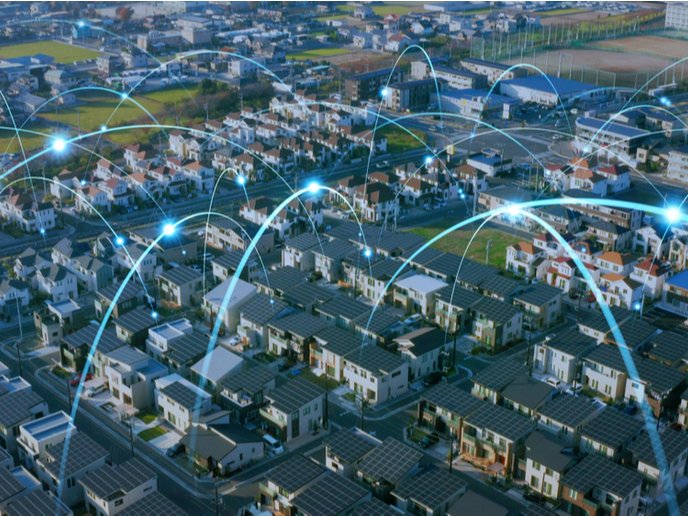Seamlessly integrating energy devices and systems into smart homes, buildings and grids
Digitalisation of the energy sector has resulted in favourable regulatory conditions and technological innovations that are opening up new markets for services. As a result, the sector is becoming more user-centric and market-driven. A major challenge is connecting smart homes, buildings and electric grids in a trouble-free way. For a better-functioning, smarter, more integrated and cleaner energy sector, the future needs to be interoperable. The EU-funded InterConnect project is developing solutions that address this challenge by means of an ontology-based semantic interoperability framework. It brings together 50 European partners from 11 countries, covering the entire energy value chain, including manufacturers, providers and users, to develop and demonstrate advanced solutions for connecting and converging digital homes and buildings with the electricity sector. A Smart Applications REFerence SAREF ontology contributes to the development of the global digital market by enabling solutions from different providers and activity sectors in the Internet of things (IoT) to work together. This includes domains such as big data, cybersecurity, and electric grids.
Interoperable solutions for effective energy management
The solutions will enable the seamless connection of appliances and services based on indisputable semantic concepts (SAREF-ized services) rather than traditional (API) standards. This will accelerate the digitalisation of homes, buildings and electric grids based on a reference architecture for secure interoperable IoT smart home/building and smart energy systems. Due to run until 2023, InterConnect will ensure interoperability between equipment, systems and privacy/cybersecurity of user data. This will be achieved by incorporating digital technologies such as AI, blockchain, cloud and Big Data based on open standards. Testing for the solutions is under way in seven large-scale pilots in Belgium, Germany, Greece, France, Italy, the Netherlands and Portugal. These pilots are showcasing an effective digital market for reducing operational and investment costs that will benefit energy end users while helping the EU to meet its energy efficiency targets. The project has set up and launched an online community of interoperable solutions that connect smart homes, buildings and grids. This platform is designed for a broad range of stakeholders all over the world who want to network, mentor, and exchange ideas on the digitalisation of homes, buildings and electric grids. To grow the community of key players, InterConnect will also foster innovation by offering opportunities for entrepreneurs through open calls. In May 2022 and early 2023, 2 open calls will be launched to select the most innovative bottom-up projects by SMEs and start-ups. The calls aim to develop and test novel interoperable applications or services for smart homes and grids. An expression of interest for associated pilots that wish to join the InterConnect network of pilots will be launched in June 2022.
Keywords
InterConnect, energy, building, electric grid, smart home, energy sector, digitalisation



